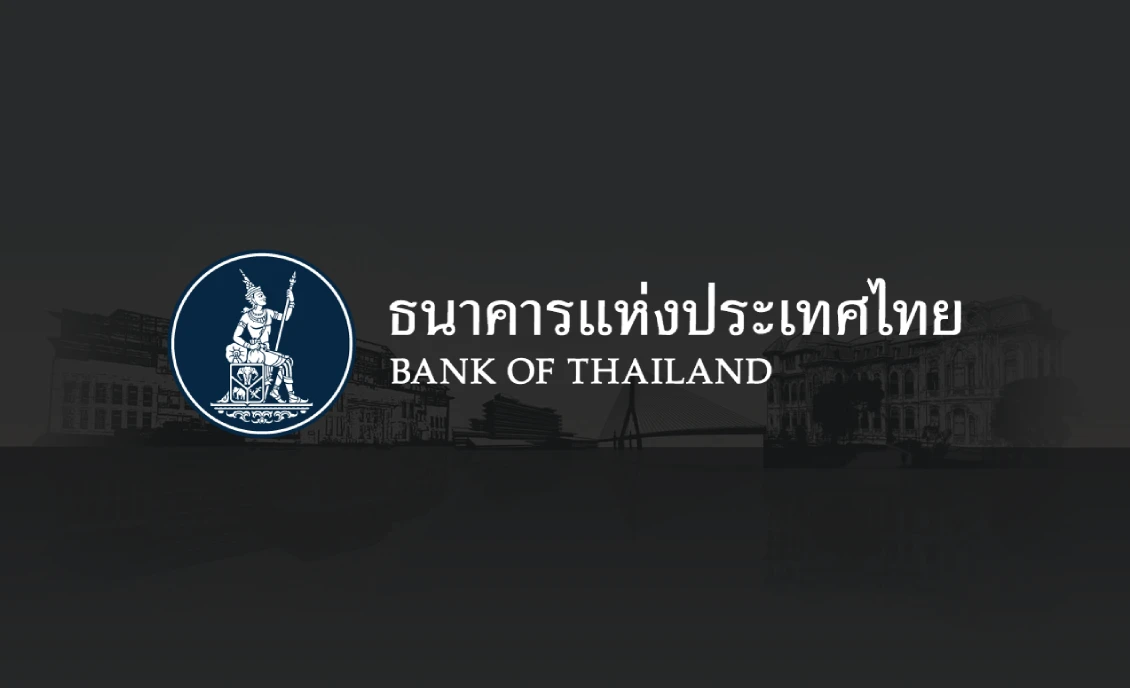What is Levels of Management
The levels of management can normally be divided into three types of management which include top level management, middle level management, and lower level management. These three levels of business management are usually found in large organizations.
In this article, you’ll learn about the differences between each level of managers and the responsibility of top level management, middle level management, and lower level management.
Normally, most organizations especially large organizations have these three management levels:
- Top-level managers are responsible for the direction of the organization.
- Middle-level managers are responsible to translate strategics from top level manager into objective and operation activities.
- Low-level managers or Frontline manager are supervise the operation activities.
The number of managers in each level of business management are resembles as a pyramid. To understand how these three level of manager perform their different responsibilities, we will explain one by one below.
Top Level Management
Top level management is the highest level from three levels of management. Top level management people are executives of an organization, they are commonly called organizational leaders. The top level managers are responsible for overall of top management to make the business survival, growth, and overall effectiveness of the organization.
However, these managers are not only responsible for the entire organization, but also interact with the external environment that’s affect the business.
President, vice president, Chief Executive Officer (CEO), Chief Financial Officer (CFO), Chief Information Officer (CIO), Chief Operating Officer (COO), Chief Technology Officer (CTO), and board of directors are all examples of top-level managers.
In overall, the responsibility of top level management is to set overall direction of the business by formulating strategy and control business resources. The main functions of the top level management can be summarized as follows:
- Set the direction of the organization by strategic plans in short term and long term.
- Interaction with the external environment that’s affect the business.
- Set overall objectives, goals, and company policies to guidance and control the business.
- Make decisions on the important decision that’s affect the direction of organization.
- Control and manage the business resources such as capital, financial resource, and investment.
Middle Level Management
Middle level management located in the middle of the levels of management hierarchy, between top level management and lower level management. In general, the role of the middle management is to be an administrator who connect between top level manager and front line manager, sometimes called tactical managers.
The responsibility of the middle level manager is to be a bridge between top level management and lower level management, they are responsible for translating the strategies, goals, and plans developed by strategic managers (Top Level Manager) into more specific objectives and activities. The main roles of the middle level management can be summarized as follows:
- Control, evaluate, and inspiring lower level managers for better performance.
- Interpret and design implementation method from top level management to lower level management.
- Report performance and important information to top level management.
- Coordinate between relative department.
Front Line Management
Front line management or operative level management are lower level managers who supervise the operation activities in the organization such as marketing department, operation department, logistics department, and accounting department. Front line management is directly involved to non-management employees (also known as, workers).
This front-line management or lower level management often has titles such as supervisor, foreman, marketing manager, or sales manager.
The major role of these Front Line Managers are involved with implementing the specific plans from the middle-level managers into the operational task, and assigning these tasks to workers. The main functions of the top-level management can be summarized as follows:
- Assigning employees tasks.
- Control, maintenance discipline, and motivate workers.
- Maintain the quality standard of production as well as quantity of production.
- Instruct, guide, and training their workers.




